Rosalba Carriera was one of the most important, most popular and most successful Venetian portrait painters of the Rococo period. She is especially renowned for her intimate and flattering pastel colour portraits.
She was born to a well established family in 1673. Her father was a chancellor for the Republic of Venice, and her mother an able lace maker.
Rosalba and her sisters received a good education, which included music, literature, poetry, drawing and French and English. Her drawing skills attracted particular attention, and her parents sent her to the Venetian painters Giuseppe Diamantini and Antonio Balestra to learn more.
Initially, Rosalba Carriera used her skills and education to paint miniature portraits on ivory for snuffboxes, which was quite profitable. Snuff was the preferred way of consuming tobacco for the aristocracy of the period, and snuffboxes were popular luxury items.
Fame
She learned the technique of pastel colours around 1700. Her first known pastel portraits are from 1703.
Her talent as a painter, and her particular skill for reading peoples’ personality in a sitting, allowed her to create intimate and flattering, yet realistic portraits.
She soon became a sought after artist. Young aristocrats on the Grand Tour would come to have their portrait painted, and they were followed by foreign dignitaries and people of means.
In 1704, she painted Maximillian Emanuel II of Bavaria, in 1706 Christian Louis II, Duke of Mecklenburg-Schwerin, in 1708 King Frederic IV of Denmark, and in 1711 Augustus III, Prince of Saxony, later Elector of Saxony, then King of Poland and Grand-duke of Lithuania.
Rosalba Carriera travelled to Paris in 1720-21 at the pinnacle of her career. The visit was a success, and among many others, she painted a portrait of the King of France.
In 1730, she travelled to Vienna at the request of Charles VI, Holy Roman Emperor, to paint his portrait.
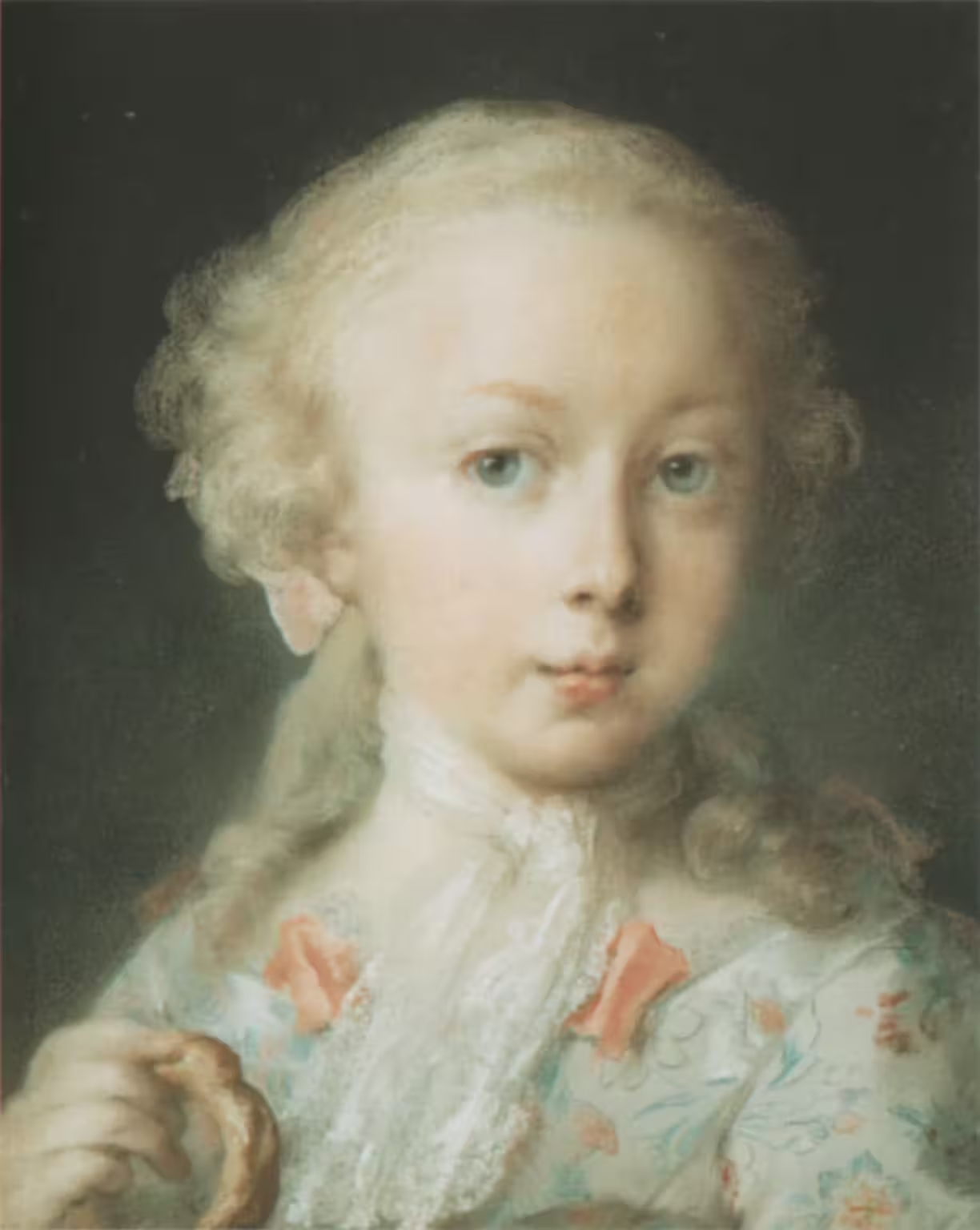

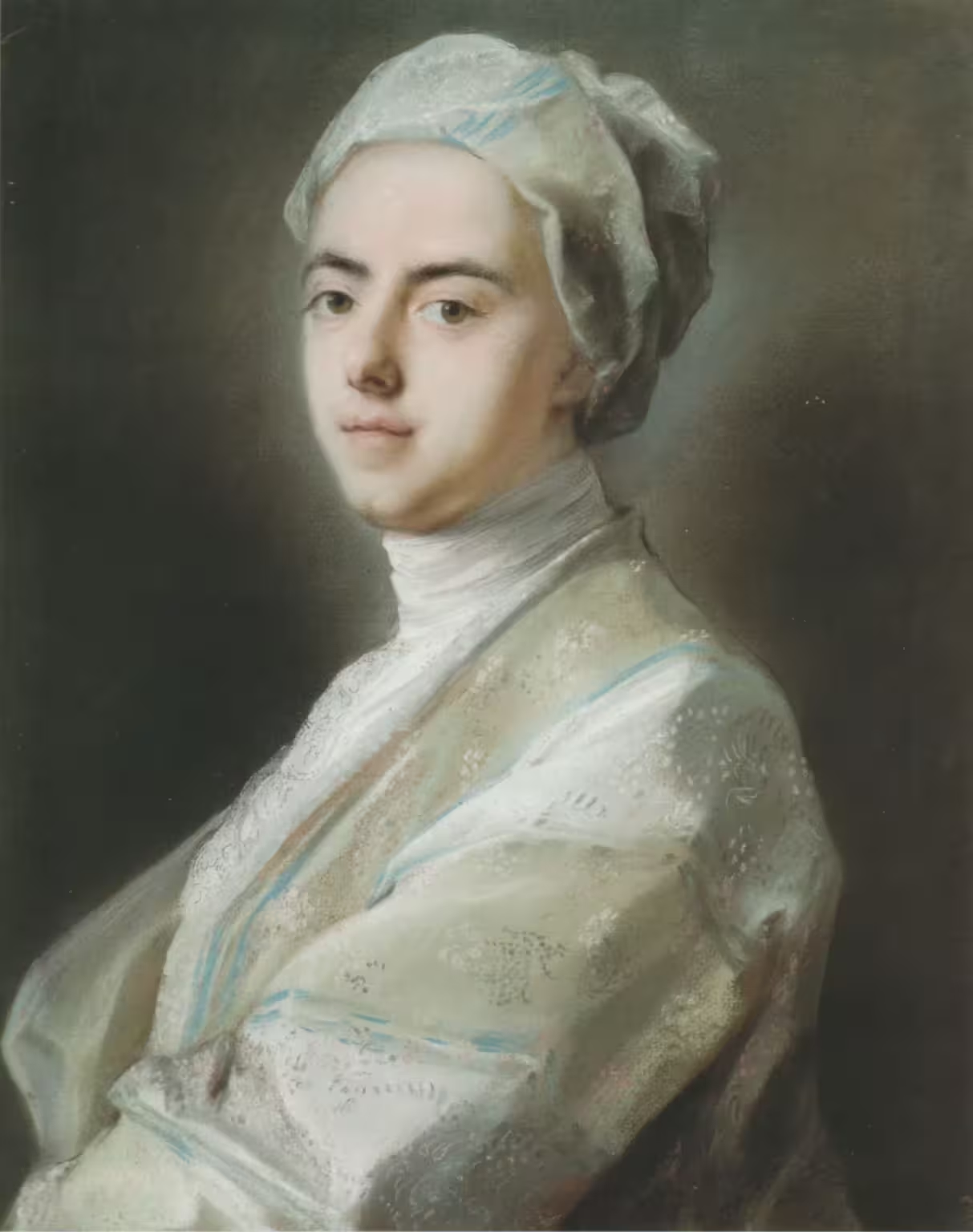
Later life
Throughout her life, Rosalba remained close to her family and particularly, her sisters Angela and Giovanna.
While she travelled abroad several times, most often accompanied by one or both of her sisters, she always came back to Venice and her family.
In 1746 disaster struck. She got an illness in the eyes and lost most of her eyesight. Her last paintings are from this year.
She attempts a operation for cataract in 1749, which brings some of her eyesight back, but the year after she’s completely blind again.
Rosalba died in 1757, aged 84. She is buried in the Church of San Vio, in Dorsoduro where she and her family always lived.
Self-portraits
Carriera painted numerous self-portraits during her life. These are the from just before, and at the time her eyes started to fail her:


Allegories
While Carriera mostly painted portraits, she also painted allegories of various kinds.

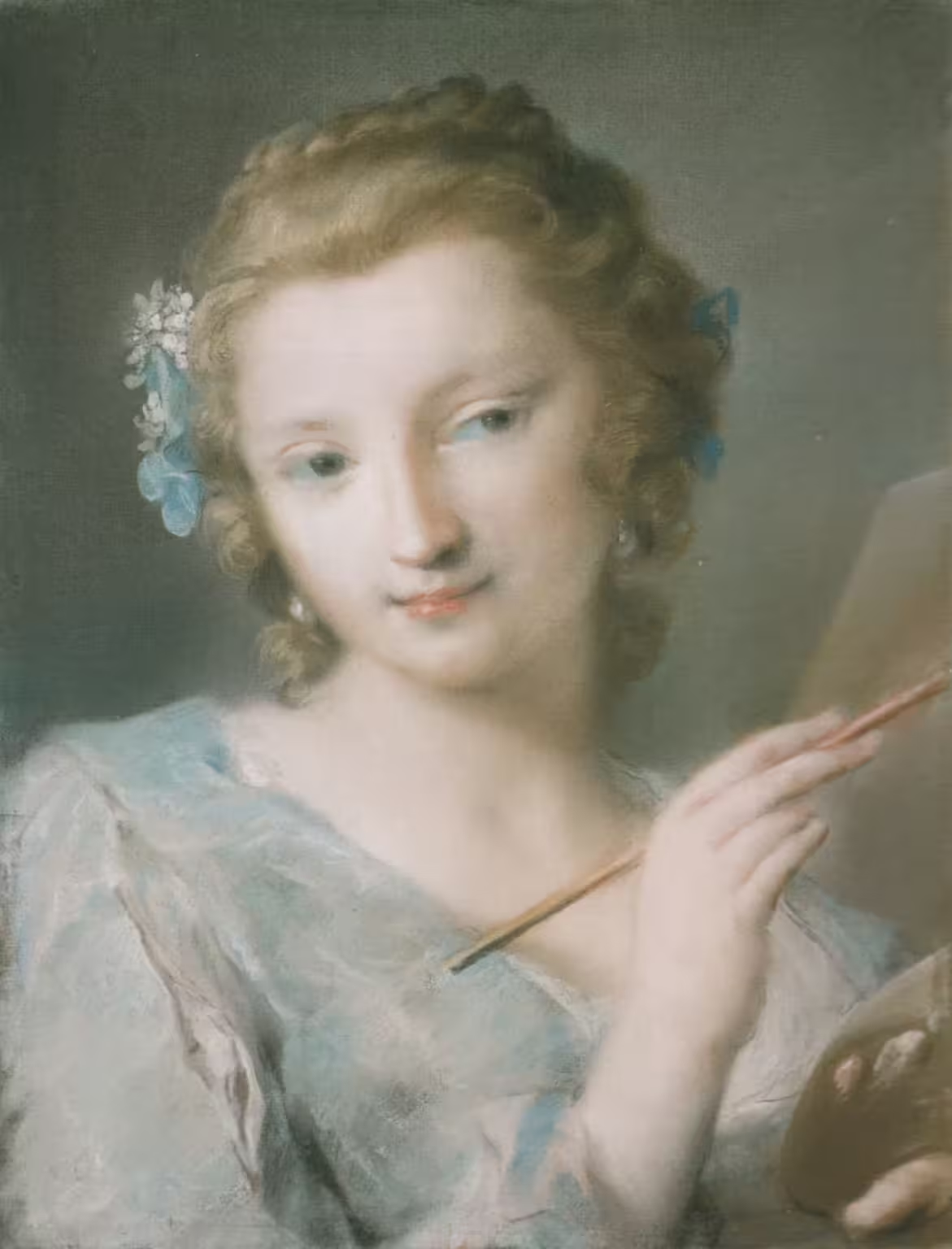
Bibliography
- Martineau, Jane and Royal Academy of Arts (eds.). La gloria di Venezia: l’arte nel diciottesimo secolo ; Royal Academy of Arts, Londra, 1994, National Gallery of Art, Washington, 1995. Milano: Electa, 1994. [more]
- Nepi Scirè, Giovanna, Giulio Manieri Elia, Debora Tosato and Sandra Rossi. Gallerie dell’Accademia di Venezia. Milano: Electa, 1998.

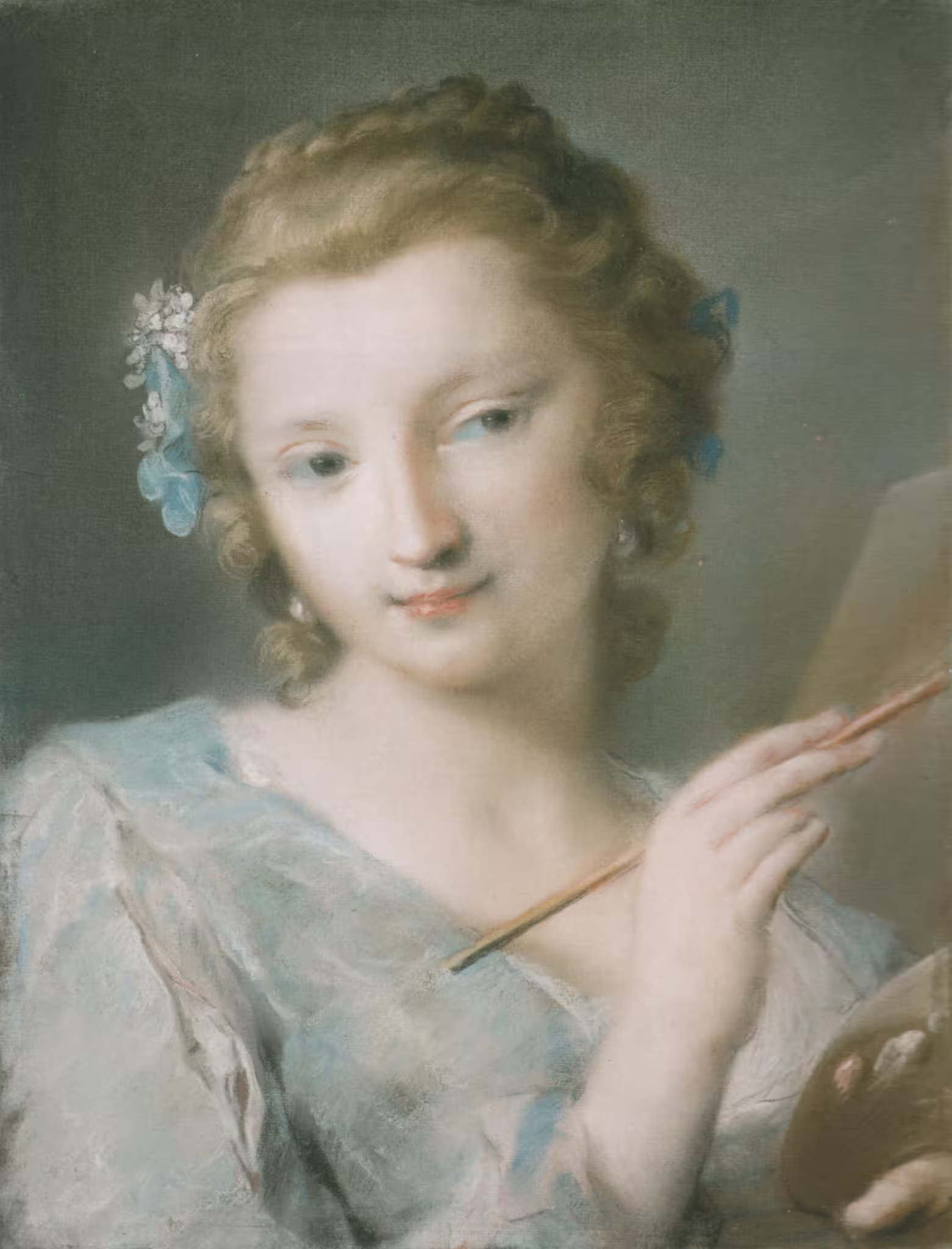
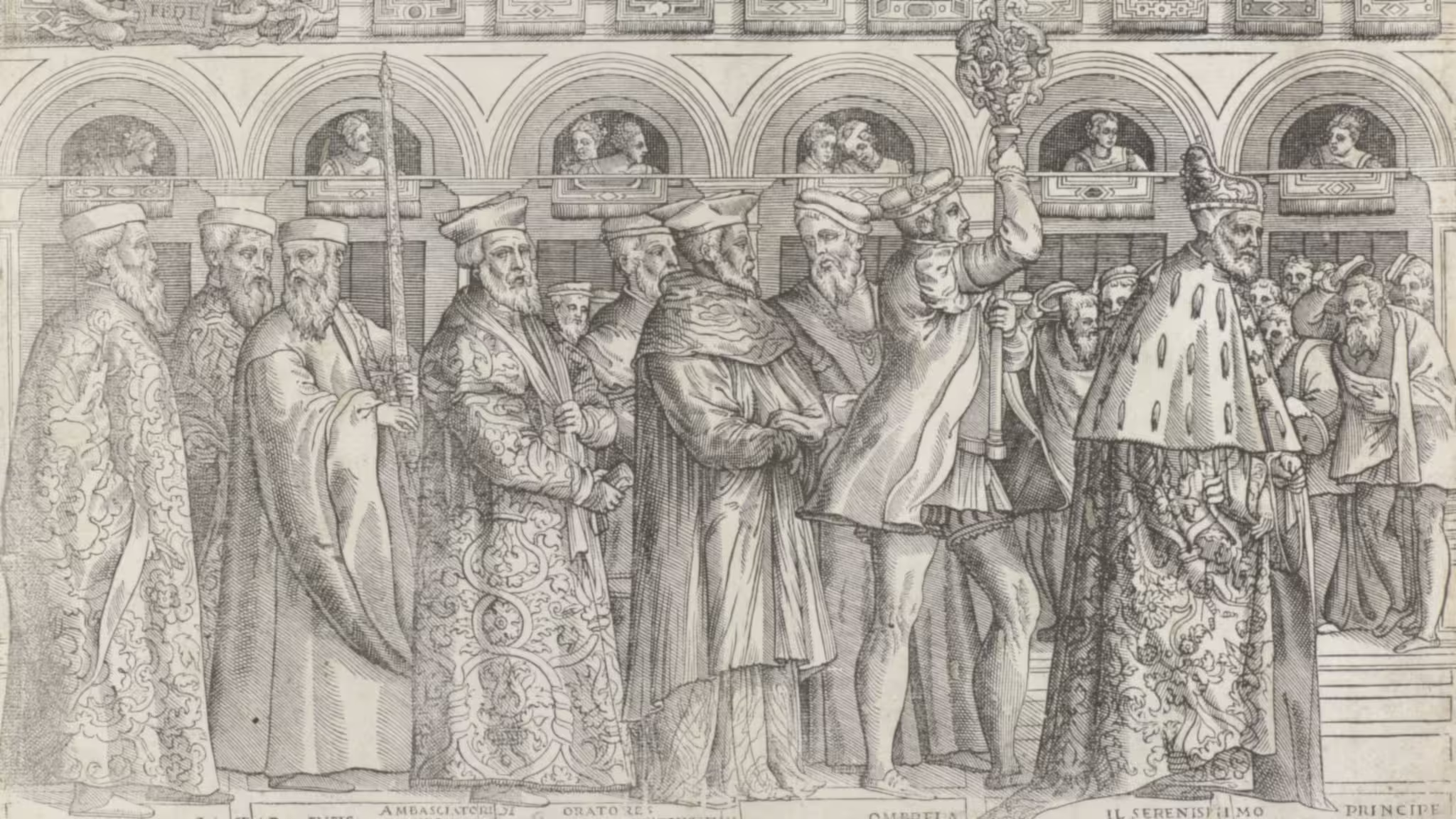
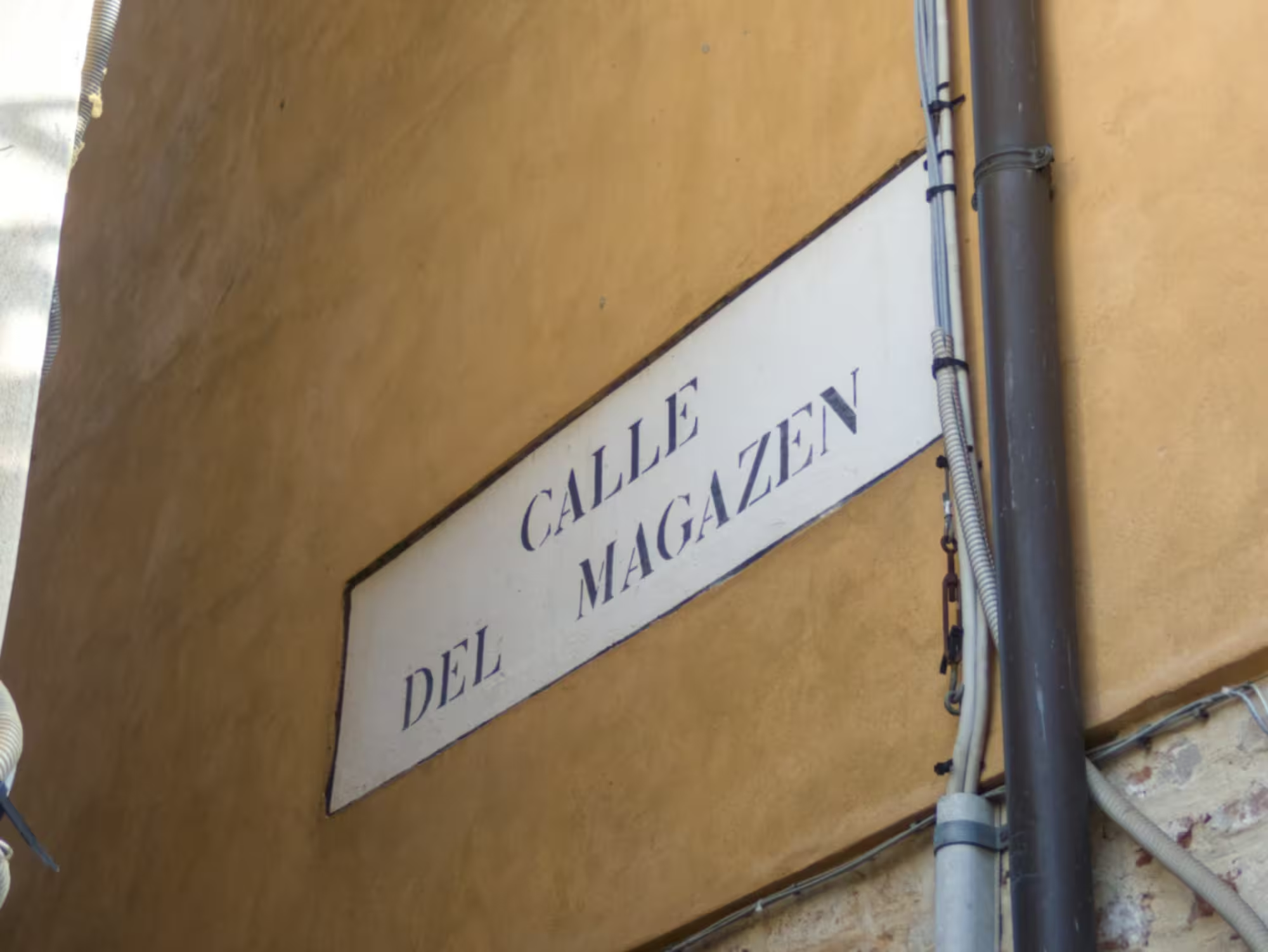
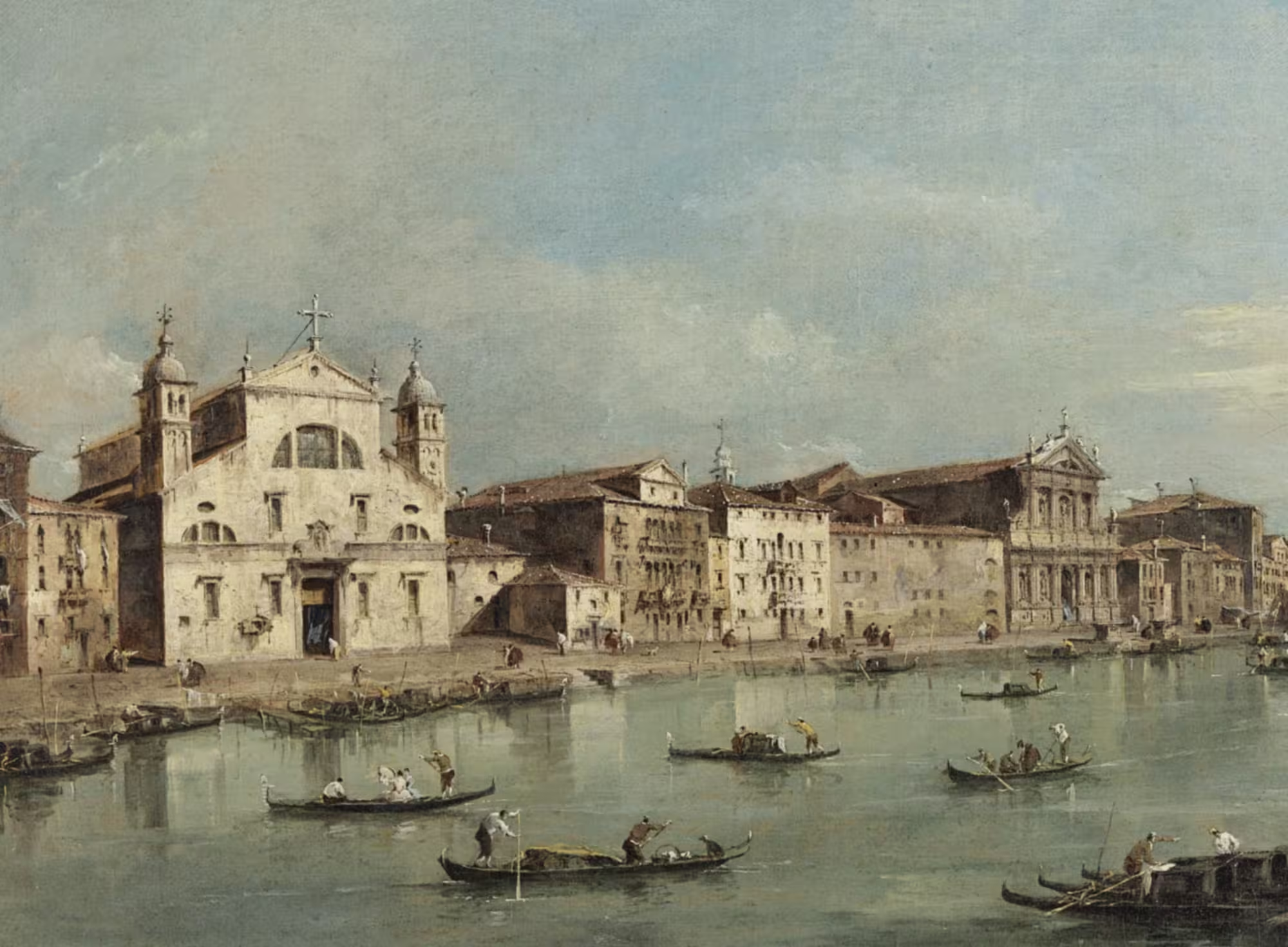
Leave a Reply